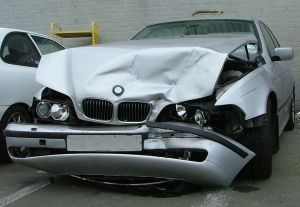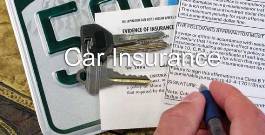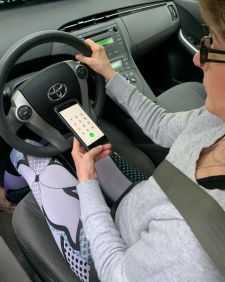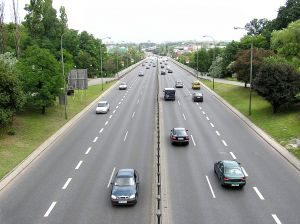 In 1958, Florida joined a handful of other states in adopting the evidentiary rule that a presumption of negligence arises against the trailing vehicle in motor vehicle crashes. See McNulty v. Cusack, 104 So.2d 785 (Fla. 2d DCA 1958) (Other jurisdictions limited the rear-end aspect of the collision to creating an inference of negligence.). Shortly thereafter, the rule was approved by the Florida Supreme Court in Bellere v. Madsen, 114 So.2d 619 (Fla. 1959). The usefulness of the rule was explained in Jefferies v. Amery Leasing, 698 So.2d 368 (Fla. 5th DCA 1997):
In 1958, Florida joined a handful of other states in adopting the evidentiary rule that a presumption of negligence arises against the trailing vehicle in motor vehicle crashes. See McNulty v. Cusack, 104 So.2d 785 (Fla. 2d DCA 1958) (Other jurisdictions limited the rear-end aspect of the collision to creating an inference of negligence.). Shortly thereafter, the rule was approved by the Florida Supreme Court in Bellere v. Madsen, 114 So.2d 619 (Fla. 1959). The usefulness of the rule was explained in Jefferies v. Amery Leasing, 698 So.2d 368 (Fla. 5th DCA 1997):
A plaintiff ordinarily bears the burden of proof of all four elements of negligence—duty of care, breach of that duty, causation and damages. See Turlington v. Tampa Elec. Co., 62 Fla. 398, 56 So. 696 (1911); Woodbury v. Tampa Waterworks Co., 57 Fla. 243, 49 So. 556 (1909). Yet, obtaining proof of two of those elements, breach and causation, is difficult when a plaintiff driver who has been rear-ended knows that the defendant driver rear-ended him but usually does not know why. Beginning with McNulty, therefore, the law presumed that the driver of the rear vehicle was negligent unless that driver provided a substantial and reasonable explanation as to why he was not negligent, in which case the presumption would vanish and the case could go to the jury on its merits. Gulle v. Boggs, 174 So.2d 26, 28-29 (Fla.1965); Brethauer v. Brassell, 347 So.2d 656, 657 (Fla. 4th DCA 1977). At the time when this rear-end collision rule was developed, Florida was still a contributory negligence state. Thus, if the presumption were not overcome, the following driver’s claim would be barred. Under contributory negligence, a negligent plaintiff could not recover against a negligent defendant. See Shayne v. Saunders, 129 Fla. 355, 362, 176 So. 495, 498 (1937). Stephens v. Dichtenmueller, 207 So.2d 718 (Fla. 4th DCA), quashed on other grounds, 216 So.2d 448 (Fla.1968).
As the court explained in Birge v. Charron, 107 So.3d 350, 361 (Fla. 2012), “the rear-end presumption has never been recognized as anything more than an evidentiary tool that facilitates a particular type of negligence case by filling an evidentiary void where the evidence is such that there is no relevant jury question on the issue of liability and causation.”
 Florida Injury Attorney Blawg
Florida Injury Attorney Blawg










